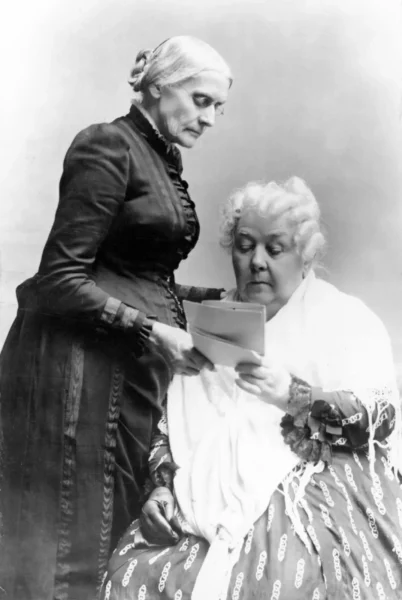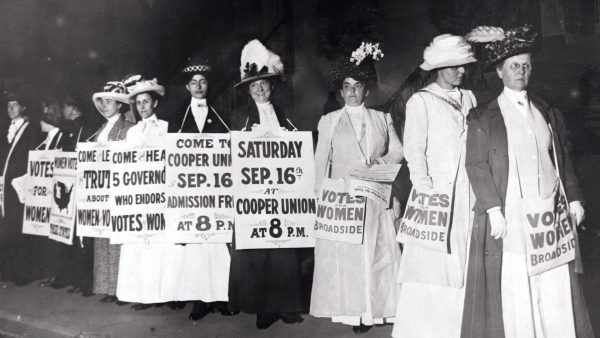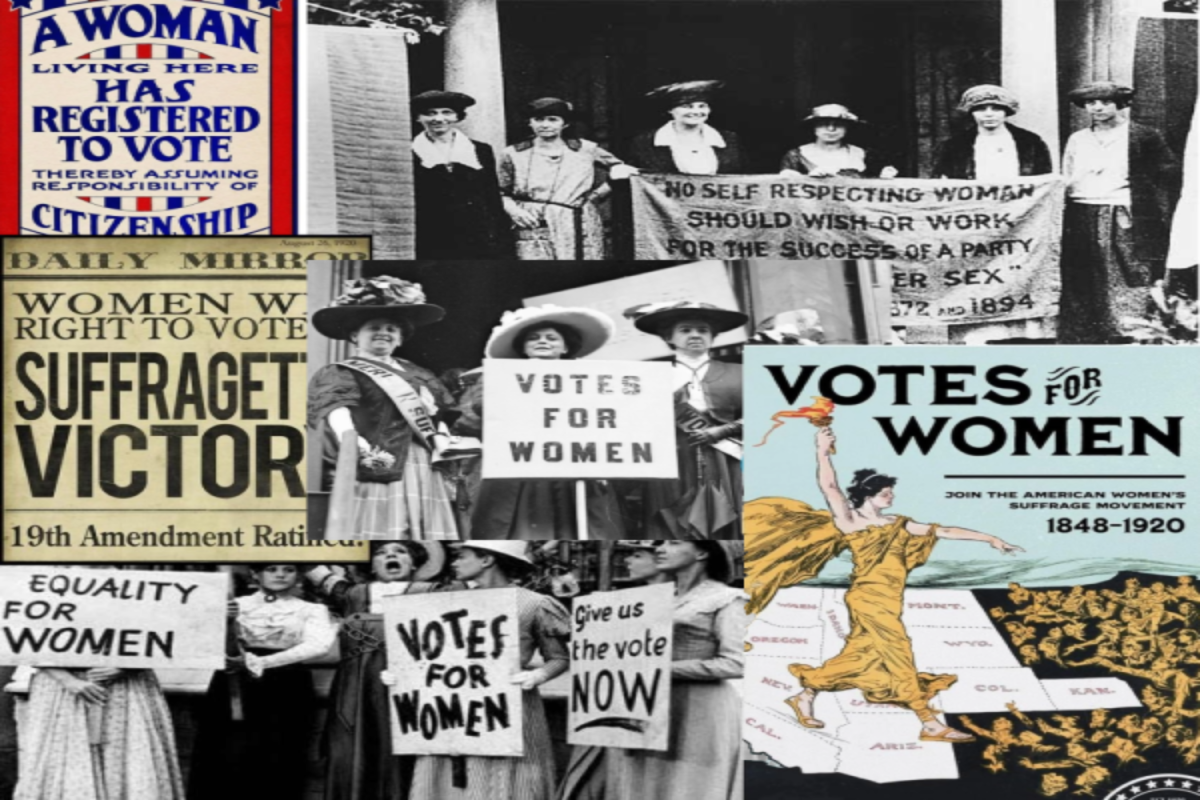Women’s History Month is a time to reflect on the achievements and contributions of the bold women who challenged social, political, and economic norms in the Women’s Suffrage Movement. Despite numerous hardships and barriers, their perseverance eventually led them to success. Beginning in the late eighteenth and early nineteenth centuries during the Industrial Revolution, women in the United States (US) often worked long hours in harsh conditions at crowded factories, right along men, and were earning their own wages. As a result, they began to question why they still had no political power or equality, particularly the right to vote, when they were working hard and contributing to the economy just like men, according to jstor.org.
Shortly after the end of the US Civil War, activists Ms. Susan B. Anthony and Mrs. Elizabeth Cady Stanton began the National Woman Suffrage Association in 1869 to petition for voting rights for both women and African American men, according to libraryofcongress.gov. Women’s suffrage then began to quickly spread throughout the country as women protested, petitioned, and lectured to accomplish their goal.

However, attaining this goal was not easy, as supporters were ridiculed, imprisoned, and even physically assaulted, according to nationalarchives.gov. The Seneca Falls Convention in 1848, led by five women, including Mrs. Stanton, was the first woman’s rights convention in the US, according to The New York Times. The convention produced the Declaration of Sentiments, a list of demands that focused on women gaining the constitutional right to vote as equal citizens of the US. Mrs. Stanton primarily wrote the document, and in her opening speech at the convention, she expressed these ideas, according to history.com.
“We are assembled to protest against a form of government, existing without the consent of the governed,” Mrs. Stanton said, according to history.com. “To declare our right to be free as man is free, to be represented in the government which we are taxed to support, to have such disgraceful laws as give man the power to chastise and imprison his wife, to take the wages which she earns, the property which she inherits, and, in case of separation, the children of her love.”
The women’s suffrage movement was not only about the right to vote, but also about men treating them as equal citizens, to own property, to have say in the government, and to have equality in marriage and in divorce, just as men did, according to theworldwar.org. Despite decades of organized suffrage protesting and movements, it was not until 1916 that most of the major suffrage organizations all agree upon the shared goal of a constitutional amendment, according to nationalarchives.gov. Then, in 1917 after a successful campaign by suffragists, voters in New York passed an amendment to the New York State Constitution that granted women the full right to vote, and in 1918, former President Woodrow Wilson supported the amendment as well, according to newyorkstatelibrary.gov. At last, August 18, 1920, the Senate passed the Nineteenth Amendment, granting US citizens the right to vote regardless of gender. After over a century of activism that never surrendered in the face of adversary, this victory provided hope to women generations beyond, according to newyorkstatelibrary.gov.

Women’s suffrage remains relevant today, as it laid the foundation for women’s equality all around the world, according to historicalsocietyofthenewyorkcourts.gov. Just this past fall, the junior class took a field trip to New York City, where they watched Suffs, a Broadway musical based on American suffragists. Mrs. Marnie McLaughlin, an Upper School Art Teacher at Sacred Heart Greenwich, reflected on the musical and how it changed what she already new about the women’s suffrage movement.
“The show challenged what I thought I knew about the suffrage movement,” Mrs. McLaughlin said. “When I was in school, I learned about figures like Susan B. Anthony, Elizabeth Cady Stanton, and Sojourner Truth, whom I imagined as a united front leading the way to the 19th Amendment. Suffs offered a deep dive into the complexities of the movement, revealing the internal conflicts across race and class, as well as the long and arduous struggle for the women’s vote.”
Featured Image by Blaire Williamson ’27




